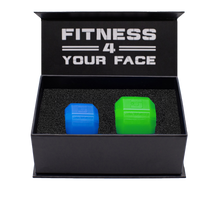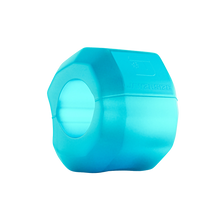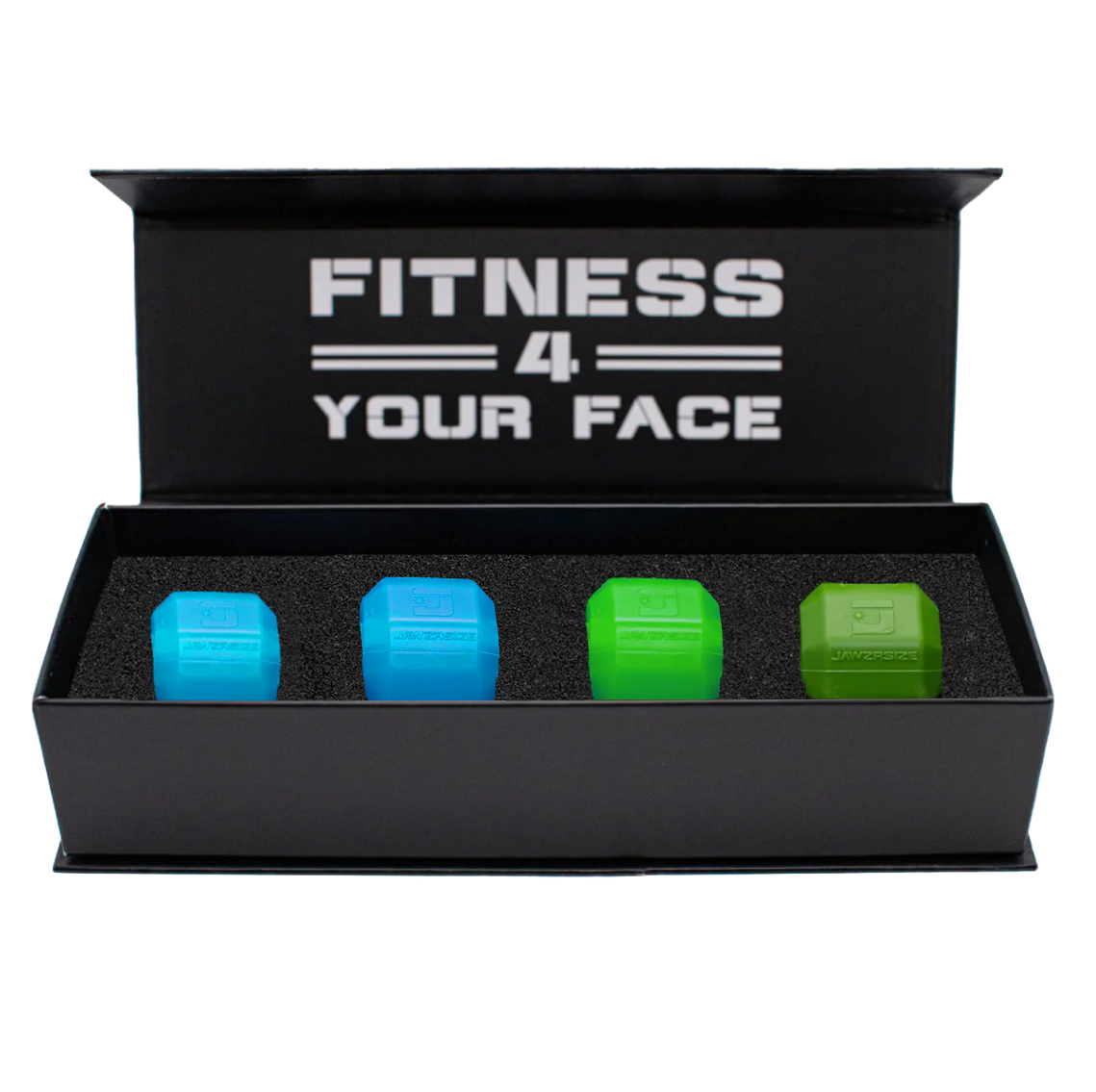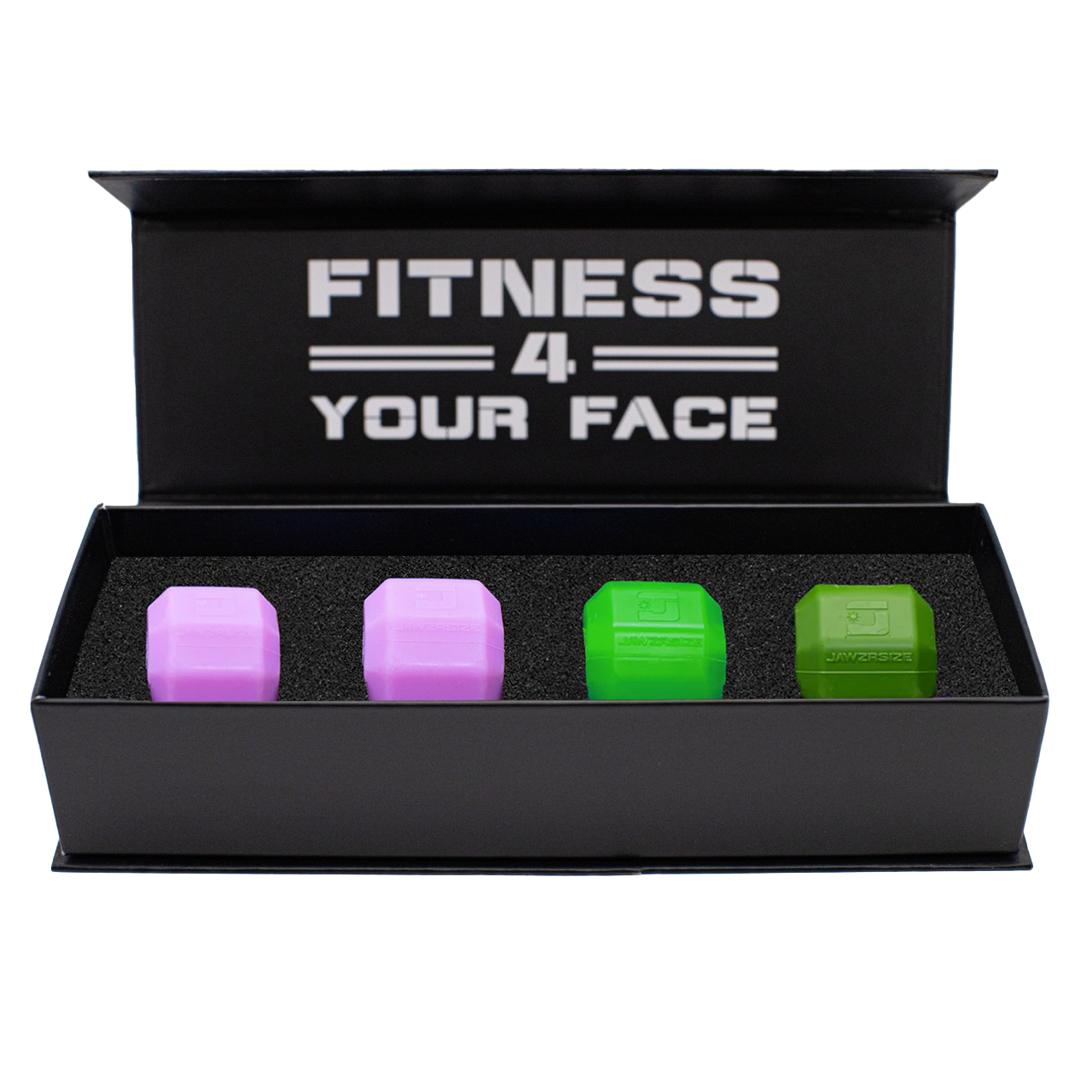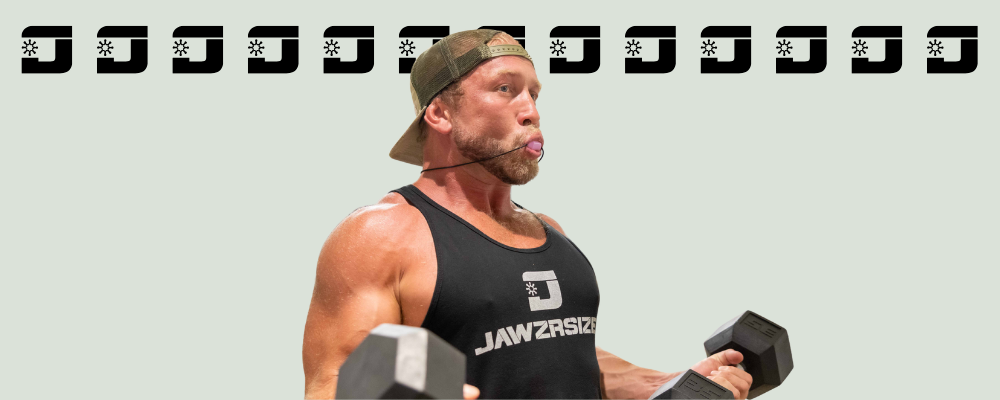High vs Low Cheekbones: What You Need to Know
Cheekbones play a vital role in defining your face's overall shape and appearance. Whether you have high or low cheekbones, understanding their differences and how they impact your facial contours can help you enhance your natural features. In this guide, we’ll dive into the anatomy of cheekbones, how to locate yours, and effective ways to tone and highlight them.
What Are High and Low Cheekbones?
- High Cheekbones: High cheekbones are positioned closer to your eyes, creating a sculpted and angular appearance. This trait is often associated with a youthful and striking look. You can feel them by placing your fingers just beneath your eyes and along the upper part of your cheeks.
- Low Cheekbones: Low cheekbones sit closer to the bottom of your nose or near the midline of your face. While they may not create as pronounced a contour, low cheekbones contribute to a softer and rounder facial aesthetic.
Locating Your Cheekbones
To find your cheekbones, run your fingers along the area from your ear to your nose. High cheekbones will feel raised and closer to the eye area, while low cheekbones will be positioned nearer to the bottom of the cheek. Identifying this can help you determine how to accentuate your natural structure through exercises or makeup techniques.
Can You Enhance Your Cheekbones?
Absolutely! Regular facial exercises can help tone the muscles around your cheekbones, creating a more defined look. Whether you have high or low cheekbones, strengthening these muscles can boost overall facial symmetry and promote a youthful appearance.
👉 Transform your facial definition with our Total Transformation Kit. Achieve sculpted cheekbones and a toned jawline in just minutes a day!

👉 Highlight and contour your cheekbones effortlessly with the Total Contouring Kit. Designed to enhance facial structure for all face shapes.

FAQ
|
Question |
Answer |
What’s the main difference between high and low cheekbones? |
High cheekbones are closer to the eyes, while low cheekbones sit closer to the nose or mid-face. |
Can facial exercises change the position of my cheekbones? |
Exercises can’t change bone placement, but they can tone the muscles around your cheekbones for a more defined look. |
Are high cheekbones more attractive than low cheekbones? |
Beauty is subjective. Both high and low cheekbones contribute to unique and appealing facial aesthetics. |
How can I make my cheekbones more prominent? |
Use facial exercises, contouring makeup, or tools like the Jawzrsize kits to enhance definition. |
Do cheekbones affect facial symmetry? |
Yes, cheekbone positioning contributes to overall facial balance and can be enhanced for symmetry through exercises and toning. |

